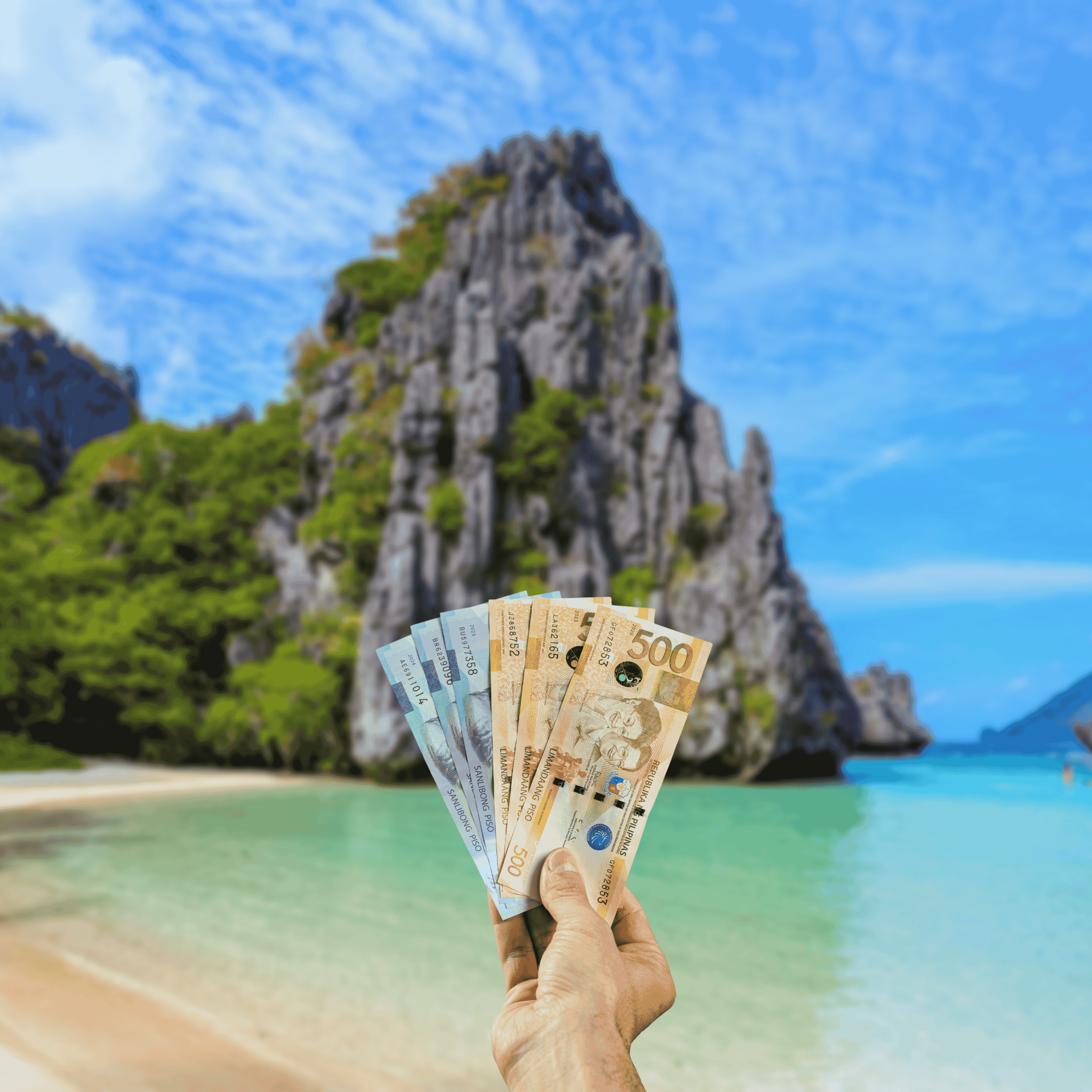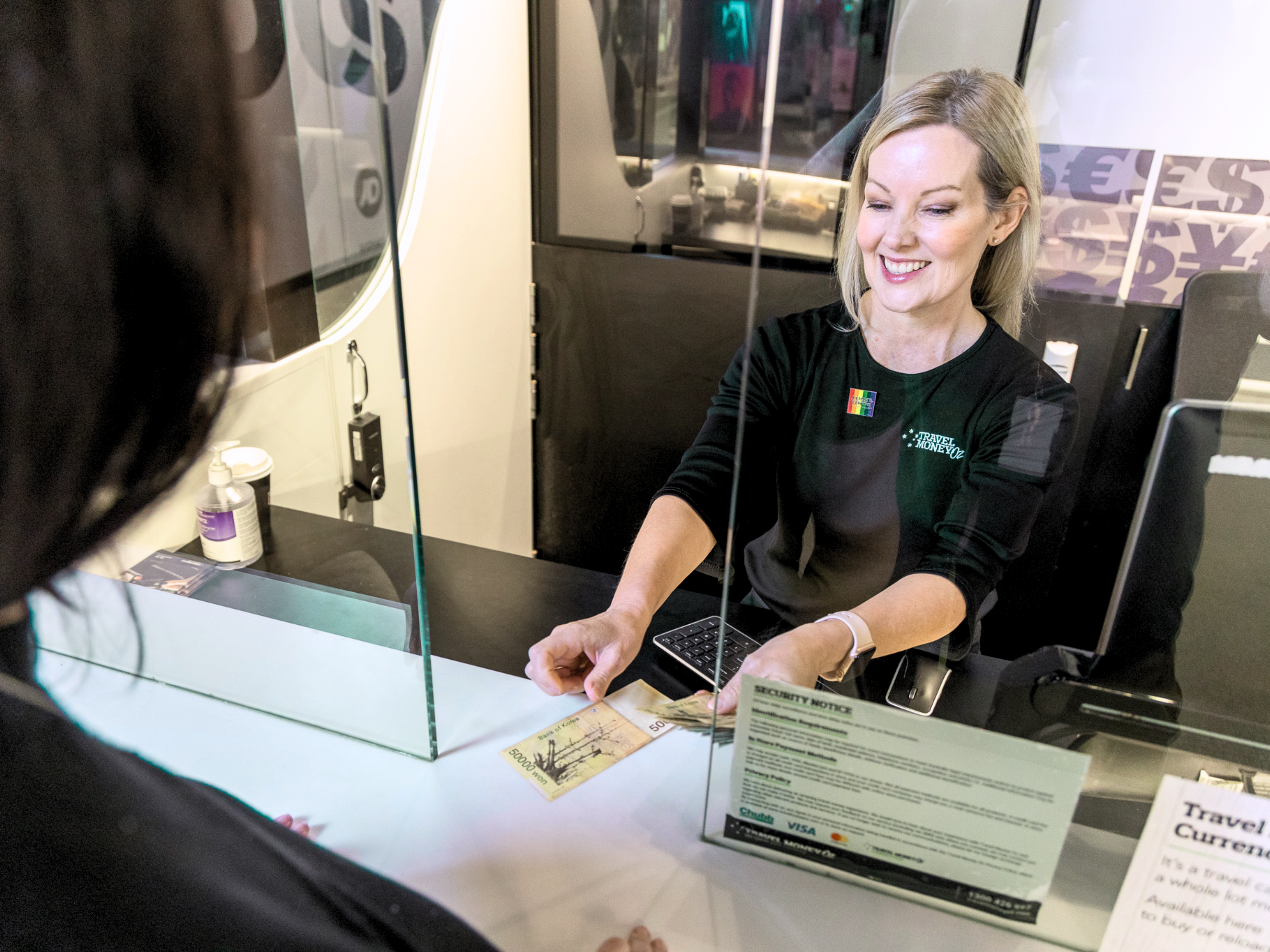Convert Currency
*Online rates not available in store.
Jump into the Philippines!
Get ready to experience the beauty and excitement of the Philippines by converting your Aussie dollars to Philippine Pesos (PHP)!
Whether you're navigating the vibrant streets of Manila, sampling street food at the local markets, or relaxing on the powdery white sands of Siargao, having the right currency makes all the difference.
Buy PHP today and ensure you're ready to enjoy every sunny day at the beach, vibrant night markets, and unforgettable island adventures. With Philippine Pesos (PHP) in your wallet, you'll be all set for your next adventure in the Philippines, whether it's a scenic getaway or a thrilling night out!
Holiday Budget Calculator
We know holiday budgeting can be a snooze fest, but it's important! Just pop in your trip details, and our clever tools will mix crowd-sourced Numbeo data with our exchange rates to show you how much to bring. Easy as!
At Travel Money Oz, we’re making it easier than ever to exchange AUD to PHP. With great rates for buying Philippine Pesos, you can order currency online with same-day delivery or click-and-collect, or visit us in-person to exchange PHP in one of our many stores across Australia.
Ways to Exchange
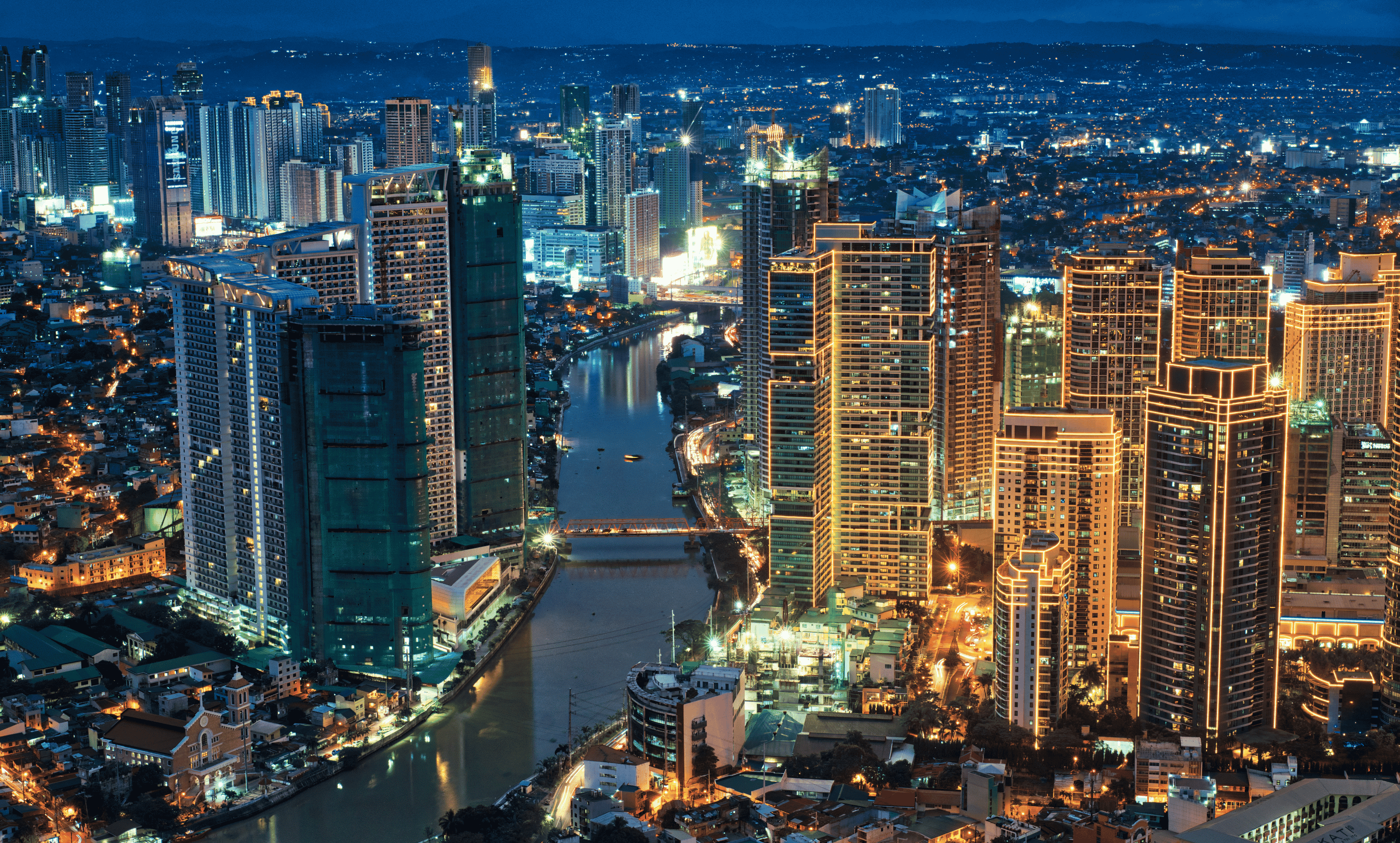
Same Day Delivery Foreign Cash

Click and collect Foreign Cash

Load a Currency Pass Travel Money Card
All about Philippine currency
The scoop on Philippine Currency
Dive into the colourful past of the Philippine Peso, from its Spanish colonial roots to today’s snazzy polymer and paper notes showcasing the nation's icons and landscapes.
Card rate
NA
Code
PHP
Symbol
₱
Coins
₱1, ₱5, ₱10
Banknotes
₱20, ₱50, ₱100, ₱200, ₱500, ₱1000
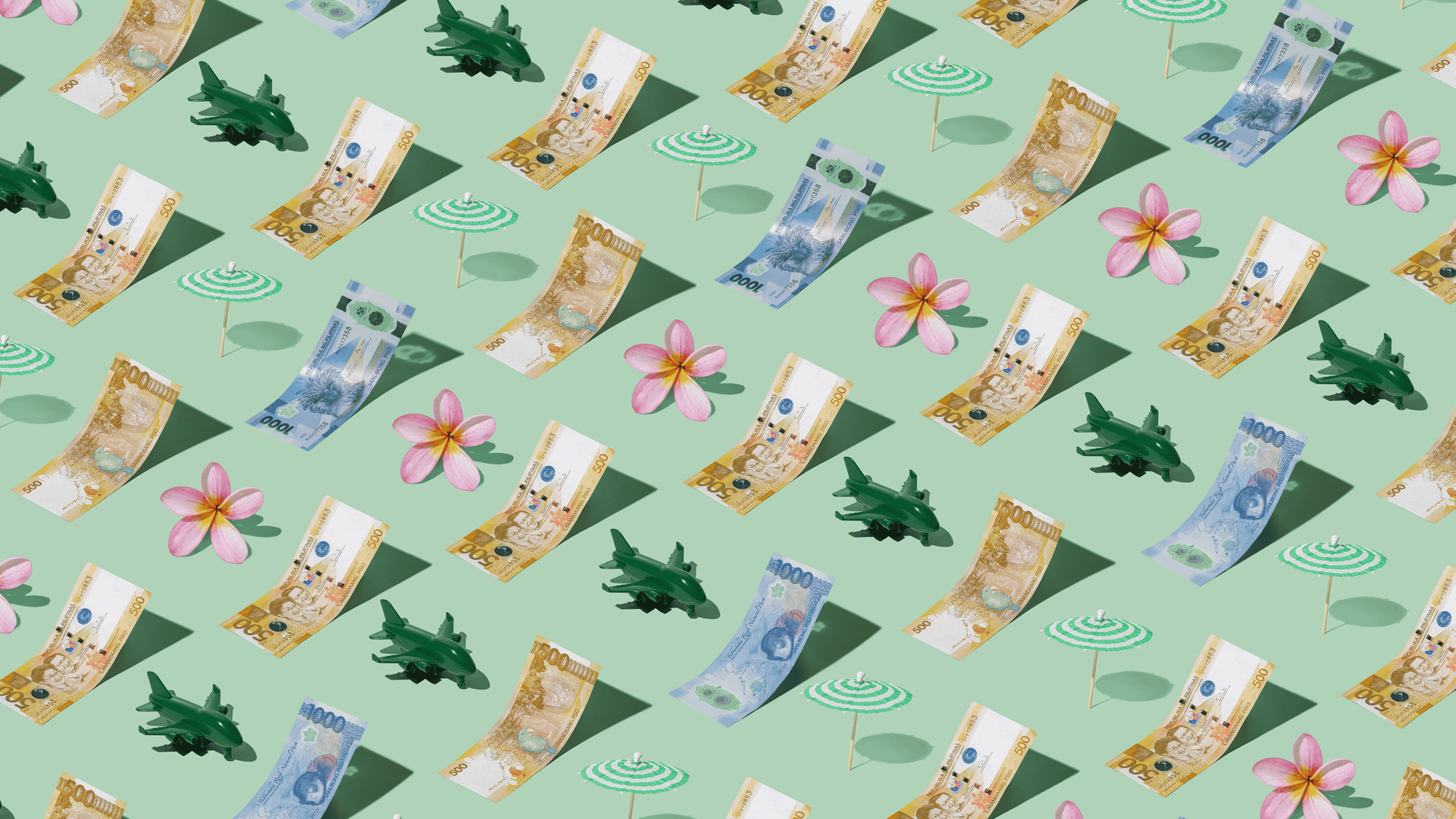
Philippine notes and coins
- Banknotes are available in denominations of ₱20, ₱50, ₱100, ₱200, ₱500, and ₱1000, each featuring iconic Filipino heroes and natural wonders.
- For coins, you've got options ranging from the tiny 1 sentimo up to 25 centavos, and the more substantial ₱1, ₱5, and ₱10, ideal for those smaller on-the-go purchases
Fun facts about PHP
- In 1967, the Philippines revalued its currency and dropped three zeros from the old peso, transitioning to what is now known as the "New Peso" (₱). This was done to simplify the currency system and make it more manageable
- The first peso notes were issued in 1903 by the Philippine Islands Treasury under American rule, marking the official start of the Philippine Peso as we know it today.
Why exchange with us?
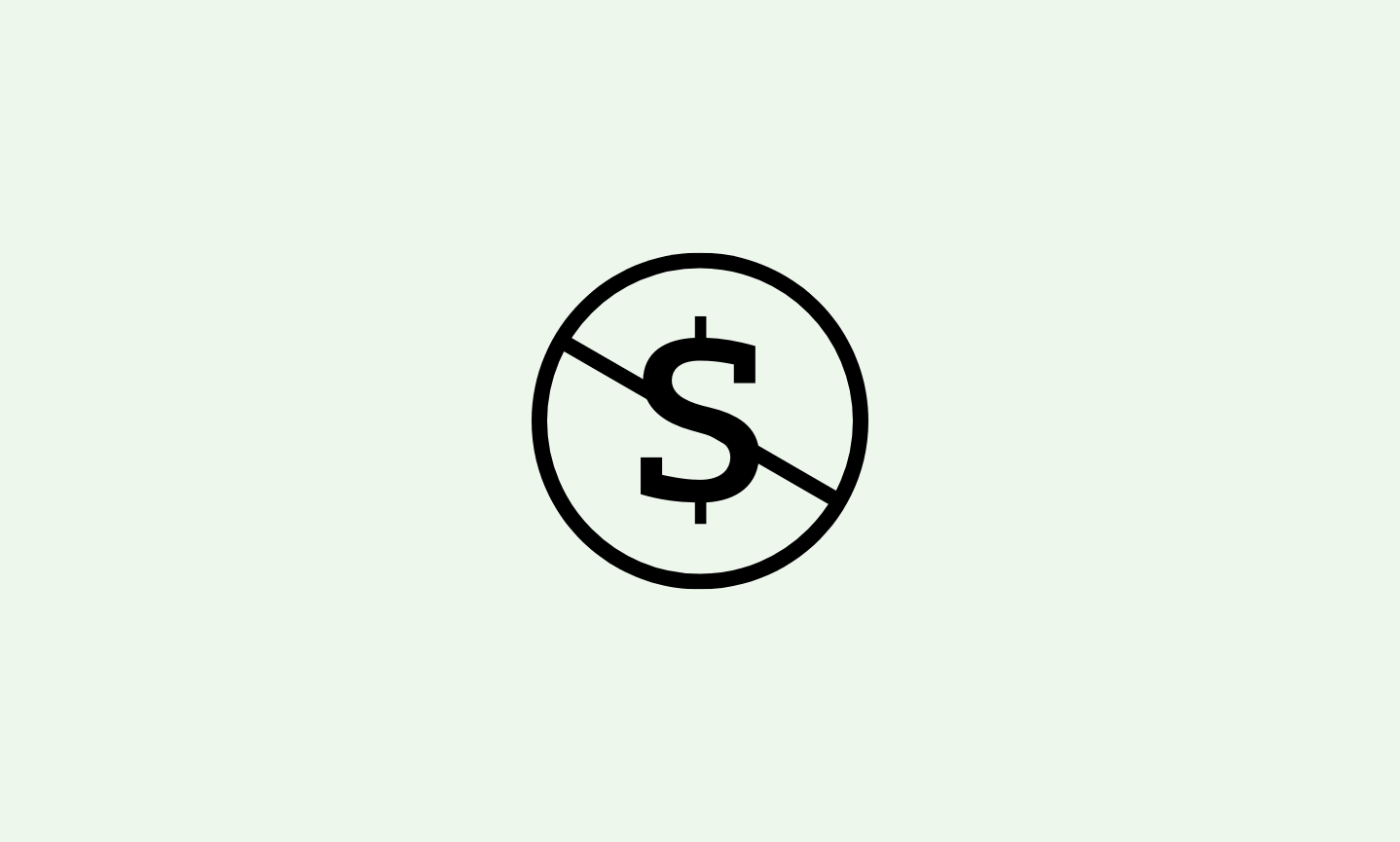
No Hidden Fees

Friendly Personalised Service

Secure Transactions

Free Travel Money Guides
Explore More Travel Money Services
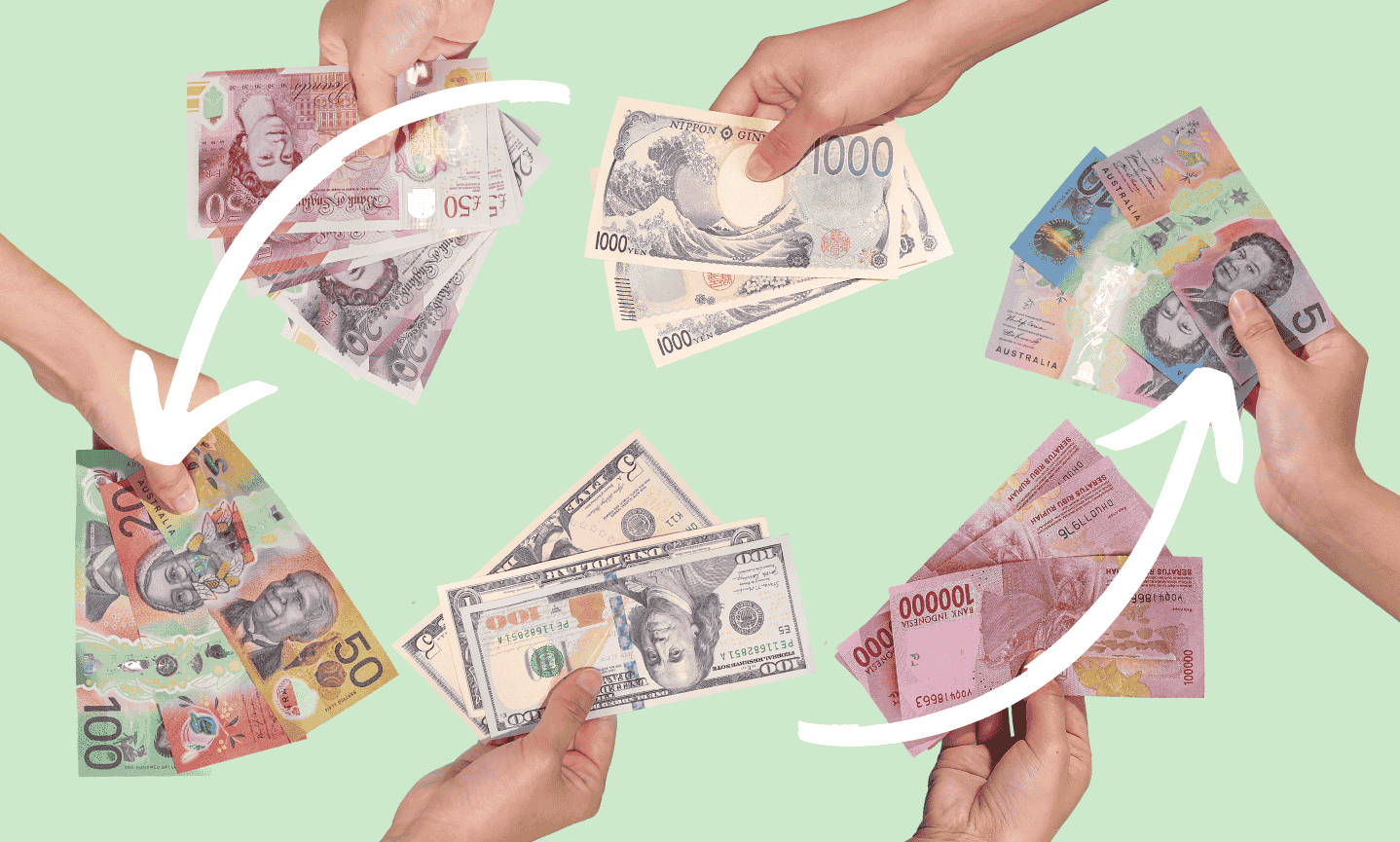
Sell PHP with our Currency Buy-Back Service

UNICEF Small Change Big Difference Program
Locking in the best exchange rate for your AUD to PHP conversion is key to a cracker of a time in the Philippines.
With Travel Money Oz, snagging Philippine Pesos is a breeze, letting you focus on soaking up the sun, sea, and scenes of this stunning destination.
